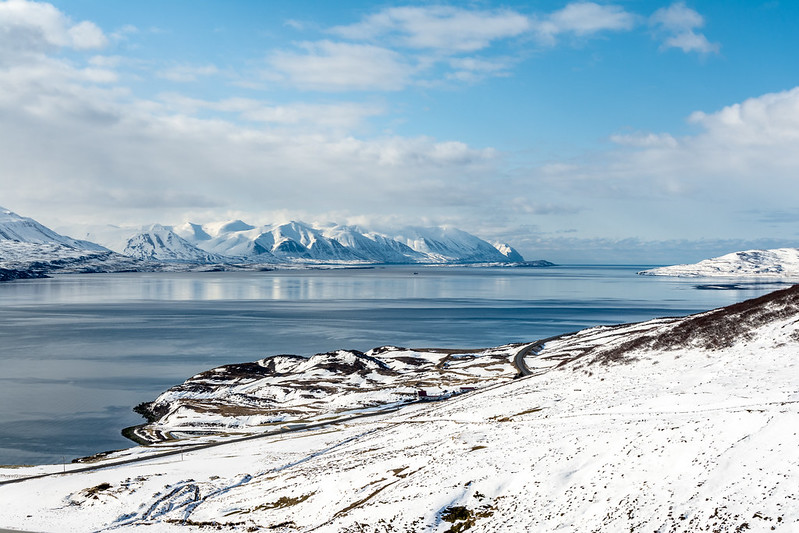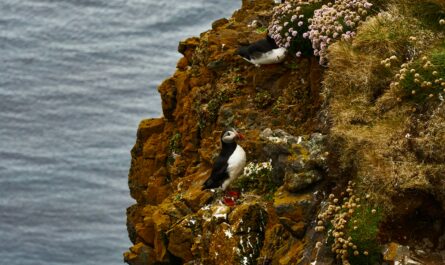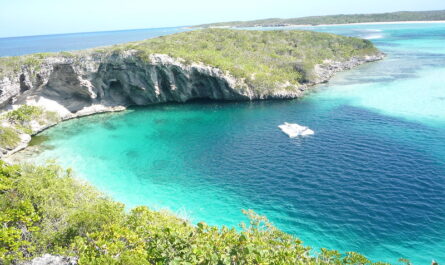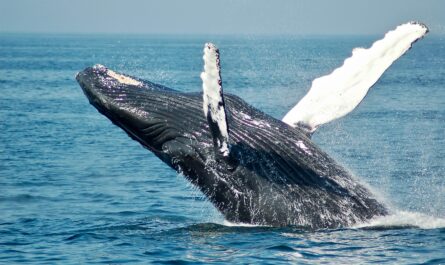Iceland, often called the “Land of Fire and Ice,” is a remarkable country where stark contrasts come together in perfect harmony. From towering glaciers and snow-capped peaks to molten lava fields and bubbling hot springs, this island nation in the North Atlantic Ocean is home to some of the planet’s most extraordinary natural wonders. One of Iceland’s most striking features is its geothermal energy, which is deeply intertwined with the country’s volcanic landscape. This natural phenomenon is not only a fascinating part of Iceland’s geology but also a critical resource that Icelanders have harnessed for centuries to warm homes, power industries, and create sustainable energy systems.
The Geothermal Landscape of Iceland
Iceland sits atop the Mid-Atlantic Ridge, where the Eurasian and North American tectonic plates are slowly pulling apart. This creates a unique geological environment, leading to frequent volcanic activity and making Iceland one of the most volcanically active places on Earth. The heat from the Earth’s interior rises through cracks in the crust, creating an abundant source of geothermal energy.
Iceland has approximately 130 volcanoes, both active and dormant, spread across the country. The continuous volcanic activity beneath the surface warms underground water reserves, resulting in geysers, hot springs, and mud pools that bubble and steam across the landscape. These geothermal features are not only visually stunning but are also harnessed for practical use, making Iceland a global leader in geothermal energy utilization.
A Brief History of Geothermal Energy Use in Iceland
The use of geothermal energy in Iceland dates back to the earliest settlers in the 9th century. Iceland’s early inhabitants used natural hot springs for bathing, washing, and cooking. As Icelandic society evolved, so did its methods for harnessing geothermal energy. By the 20th century, technological advances allowed for the more efficient and large-scale use of geothermal power for heating and electricity generation.
Iceland’s journey into geothermal energy production began in earnest in 1908, when the first attempt to drill for hot water was made in Reykjavik. This led to the development of geothermal heating systems for homes in the city, a project that rapidly expanded across the country. Today, geothermal energy provides over 90% of the heating needs for Icelandic homes and businesses, a testament to the country’s forward-thinking energy policies.
How Geothermal Energy is Harnessed
Geothermal energy in Iceland is primarily harvested through geothermal power plants and district heating systems. These systems tap into underground reservoirs of hot water and steam, converting the thermal energy into electricity or using it to heat buildings and greenhouses.
- Geothermal Power Plants: Iceland has five major geothermal power plants, such as Hellisheiði and Nesjavellir, which generate about 25% of the country’s electricity. These plants are built near geothermal hot spots, where wells are drilled deep into the Earth to access superheated steam and hot water. The steam drives turbines that generate electricity, while the excess hot water is used for heating purposes.
- District Heating Systems: Geothermal heating is the backbone of Iceland’s sustainable energy network. In Reykjavik and other cities, geothermal water is piped directly into homes and buildings via district heating systems, providing heat for radiators, water supplies, and even sidewalks in the winter. Iceland’s district heating system is one of the largest and most efficient in the world, significantly reducing the country’s reliance on fossil fuels.
- Greenhouses and Agriculture: Iceland’s harsh climate is not conducive to traditional farming, but geothermal energy has made it possible to cultivate crops year-round. Greenhouses heated by geothermal water enable the production of fruits, vegetables, and flowers, significantly reducing Iceland’s reliance on imported goods. The combination of geothermal energy and artificial lighting allows farmers to grow produce like tomatoes, cucumbers, and even bananas in the shadow of volcanoes and glaciers.
The Iconic Geothermal Wonders of Iceland
Iceland’s geothermal activity is not only valuable for energy production but is also a major draw for tourists. From the majestic geysers to tranquil hot springs, the country’s geothermal features are some of the most iconic natural attractions in the world.
- The Blue Lagoon: Perhaps Iceland’s most famous geothermal site, the Blue Lagoon is a massive geothermal spa located near the Reykjanes Peninsula. The mineral-rich waters, heated by a nearby geothermal power plant, maintain a constant temperature of around 37-39°C (98-102°F). Visitors flock to the lagoon for its therapeutic properties, and it has become one of the most popular tourist destinations in Iceland.
- Geysir Hot Springs Area: The Geysir geothermal area, located in the Haukadalur Valley, is home to some of Iceland’s most famous geysers, including the Great Geysir, which gave its name to all other geysers. Although the Great Geysir is now mostly dormant, its neighbor Strokkur regularly erupts, shooting boiling water up to 30 meters (100 feet) into the air every few minutes. The entire area is dotted with bubbling mud pools, steaming vents, and sulfurous hot springs, creating an otherworldly landscape.
- Landmannalaugar: Nestled in the Icelandic Highlands, Landmannalaugar is a geothermal wonderland of colorful rhyolite mountains and natural hot springs. The region is a favorite destination for hikers, who often finish their treks with a relaxing dip in the naturally heated pools, surrounded by one of the most breathtaking landscapes in the country.
- Hveravellir: Located in the Kjölur highland route, Hveravellir is a remote geothermal area characterized by its hot springs and fumaroles. The natural hot spring at Hveravellir offers a rare opportunity to bathe in warm geothermal waters while surrounded by Iceland’s stark wilderness. The area also features fascinating geological formations, with steam rising from the Earth’s crust, creating an almost surreal atmosphere.
Geothermal Energy and Environmental Sustainability
Iceland’s extensive use of geothermal energy is a shining example of how natural resources can be harnessed sustainably. Geothermal energy is renewable, abundant, and has a minimal environmental footprint compared to fossil fuels. By using this natural energy source, Iceland has significantly reduced its greenhouse gas emissions and dependency on imported energy.
In addition to powering homes and businesses, geothermal energy plays a crucial role in Iceland’s efforts to combat climate change. By investing in renewable energy infrastructure, Iceland has positioned itself as a leader in the global shift toward sustainable energy solutions.
However, the geothermal industry is not without its challenges. While geothermal energy production has far fewer environmental consequences than fossil fuels, it is not entirely impact-free. Geothermal plants can cause subsidence (ground sinking) and the release of gases such as carbon dioxide and hydrogen sulfide. Nevertheless, the overall environmental impact of geothermal energy remains significantly lower than traditional energy sources, making it a vital component of Iceland’s green energy strategy.
The Future of Geothermal Energy in Iceland
Iceland’s commitment to geothermal energy is stronger than ever. As the world grapples with the need for cleaner energy sources, Iceland’s geothermal success story serves as a model for other countries. In fact, Iceland has begun exporting its geothermal expertise to other nations through international partnerships and collaborations.
Geothermal energy is also playing an increasingly important role in Iceland’s economy. The geothermal tourism industry, with attractions like the Blue Lagoon and Geysir, continues to grow, drawing millions of visitors each year. Additionally, research into advanced geothermal technologies, such as deep geothermal drilling, promises to unlock even greater potential from the Earth’s heat.
Conclusion
Iceland’s geothermal wonders are more than just a natural curiosity; they are a vital part of the country’s identity, economy, and sustainability efforts. The combination of volcanic activity and geothermal energy has shaped Iceland’s landscape and provided the country with a powerful, renewable energy source that fuels its homes, businesses, and industries. As the world looks for greener alternatives to fossil fuels, Iceland’s pioneering use of geothermal energy stands as a shining example of how natural resources can be harnessed responsibly and sustainably. The Land of Fire and Ice continues to lead the way in the global quest for renewable energy, all while showcasing some of the most extraordinary geothermal wonders on Earth.



